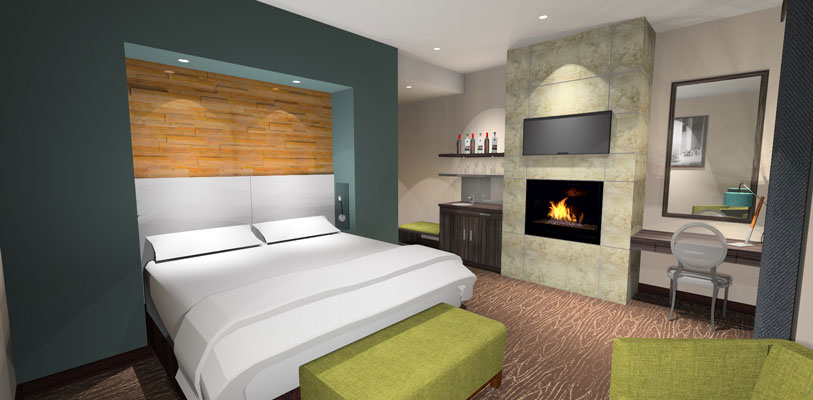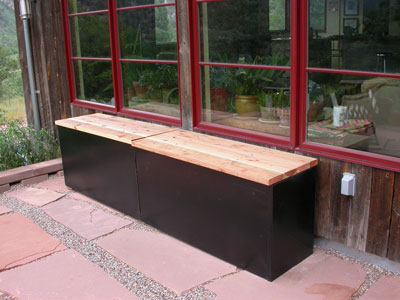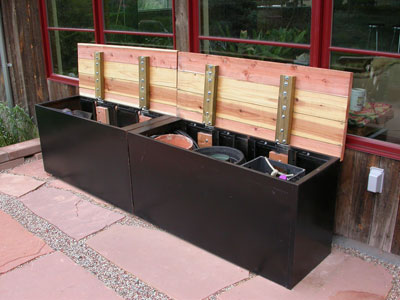CORE grant awarded for research project
Confluence Architecture and Evaluation Services, LLC in collaboration with Habitat for Humanity Roaring Fork Valley received a grant from CORE (Community Office for Resource Efficiency) to conduct research to better understand the life cycle and return on investment of several energy efficiency construction upgrades to single-family homes in the Roaring Fork Valley climate. The grant funded a study that compares various energy efficiency construction components by their ratio of installation cost to KWH of energy saved and tons of carbon saved. After a year of work, we are happy to share the results here:
Executive Summary
This study seeks to answer a subjective question: How best can additional money and carbon be invested in the construction of an affordable home in the Roaring Fork Valley to minimize lifetime utility and carbon costs?
This question is investigated through the lens of a Habitat for Humanity home currently under construction in Carbondale, Colorado. While not changing the physical design of the home (shape, footprint, floor plan, windows, area etc.) 100+ home configurations are studied through LCA (life cycle analysis), energy modeling and construction cost estimates. The configurations focus on practical construction choices made every day such as wall assemblies, insulation levels, treatment of crawl spaces, attics and mechanical systems.
The study finds, unsurprisingly, that the most expensive home configuration to build saves the most carbon and has the lowest annual energy costs. The perfect mix between initial construction costs and carbon and energy savings is dependent on the values of the investor. In order to illustrate several successful investments, this report contains an in-depth analysis of 8 benchmark home configurations that illustrate practical construction combinations over a range of investment and performance levels. Following is a list of notable trends distilled from the data:
- The best way to reduce the carbon footprint of a home is to reduce operational energy consumption, even if it raises the initial construction carbon footprint. The carbon footprint for materials, transportation, and construction of the home is exceeded by the carbon footprint of the annual energy usage in three years for a typical code home and five years for a high performing home. Construction carbon becomes important only as homes begin to reach net-zero and in some key carbon-rich construction materials.
- The largest factor in fuel consumption and construction cost is the mechanical system. Avoid electric heating of any kind. Ducted furnace air systems are the lowest monetary cost path to efficient building heat. Hydronic systems provide the best comfort and have an overall lower carbon footprint- with an added monetary investment.
- Avoid active cooling. While air-conditioning use is increasing in the Roaring Fork Valley, energy modeling reveals it to be unnecessary for a well-designed and built home in our heating dominated climate. The cooling load is only 3% of the heating needed. Active cooling systems have the potential to use excessive electricity in an area where there is little need, especially if it is used in lieu of passive strategies (like appropriate clothing, opening windows at night, and proper shading of glazing).
- Insulation continues to be a cost effective way to increase building performance. The type and location of insulation matter. This study found continuous exterior insulation to be more effective than added cavity insulation. SPF (Spray Polyurethane Foam) insulation proved not to be as cost effective as other insulation types, going against an emerging trend for SPF in the Roaring Fork Valley. Beyond the cost and performance balance, insulation has the single largest impact on initial material carbon of any building component. The carbon footprint of like performing insulations types can vary 500-fold. The lowest carbon insulation option is blown cellulose while carbon intensive insulations are XPS (Extruded Polystyrene) and SPF.
- Air Sealing is on par with insulation in its cost effectiveness in increasing building performance. If careful air barrier control becomes a part of standard construction techniques the energy savings reward is significant relative to cost.
- Volume is a luxury. Two homes that are identical on the exterior and have the same mechanical systems, windows, and shell construction can vary in energy performance by 5 – 15% due to the inclusion of vaulted interior spaces and conditioned crawl spaces. It is notable that this is one of the few areas where carbon and money are not at odds. More compact interior spaces are cheaper to build, require less initial construction carbon and are more efficient to run.
- Photovoltaics are becoming a key component to include in any home shell beyond the basic code minimum. This came as a surprise to the study authors, questioning a rule of thumb where shell upgrades are better done prior to the addition of renewables. Due to continued price declines, PV is proving to be more economical than many shell upgrades such as high performing windows or super insulation.
- Net-zero is not out of reach. This study finds several home configurations that can be made net-zero in a construction price range ($200-225/sf) that is in keeping with market rate construction and home sales costs in the Roaring Fork Valley. These homes use typical construction techniques and materials.
Download paper here: (warning it is about 7 MB) The Effectiveness of Sustainable Construction Methods
Stay posted for a public presentation of the results in January 2015.






